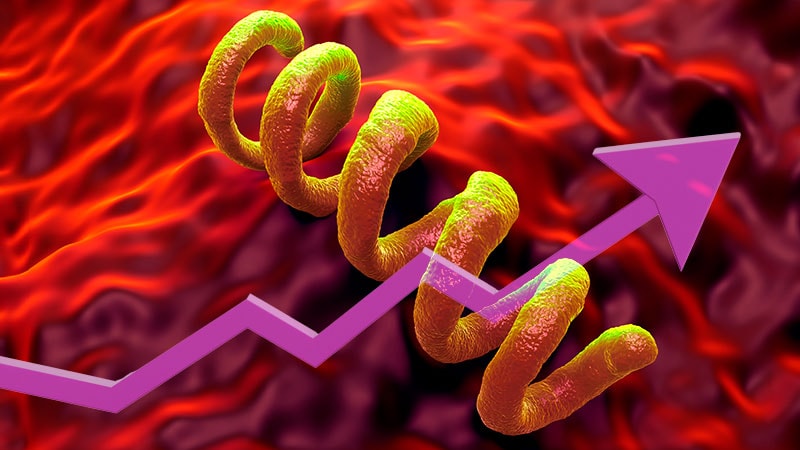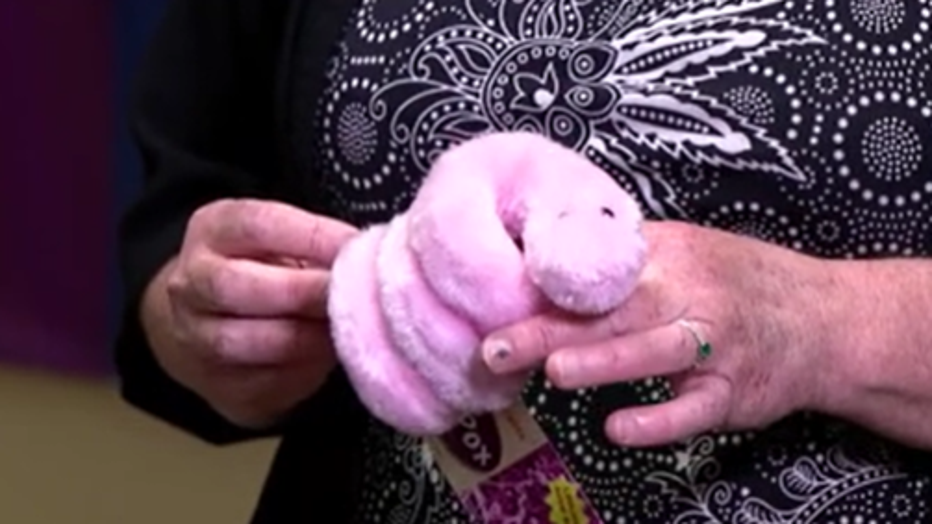
Native Americans are disproportionately affected by syphilis, with infection rates among them being some of the highest in the nation. In 2017, syphilis cases tripled since 2016 and congenital syphilis (syphilis passed from a pregnant person to a baby) has similarly spun out of control. The Great Plains Tribal Leaders' Health Board and tribal leaders from North Dakota, South Dakota, Nebraska, and Iowa have asked federal Health and Human Services Secretary Xavier Becerra to declare a public health emergency in their states due to the high rate of congenital syphilis among Native Americans. Public health resource diverted for COVID care has made things worse. Nurses with the Navajo Area Indian Health Service can test and treat patients for syphilis at home, but this is not a solution to the problem as infection rates are still high.







